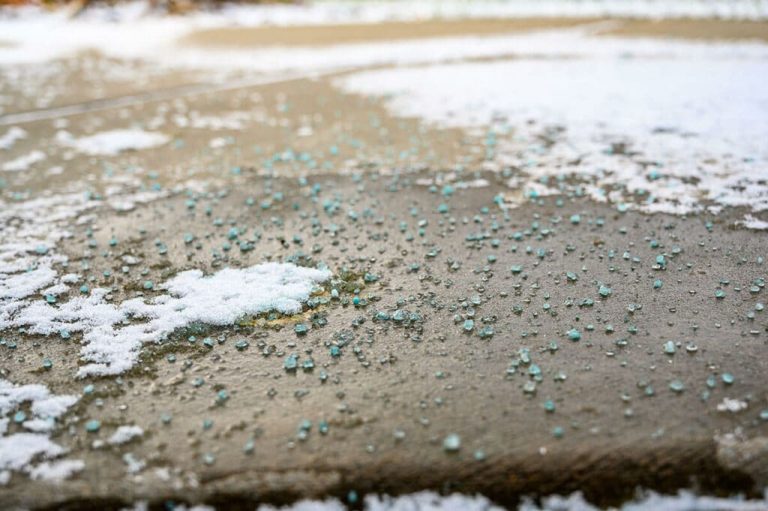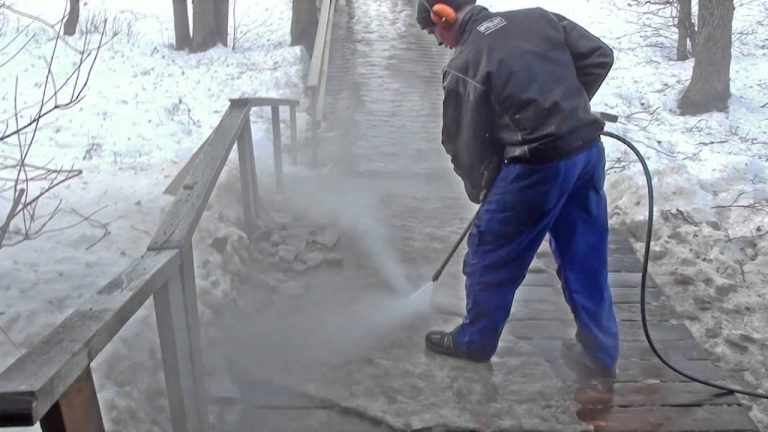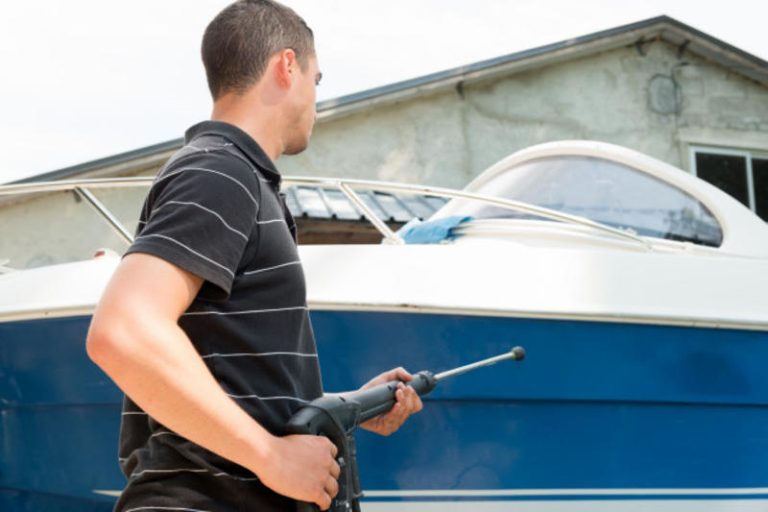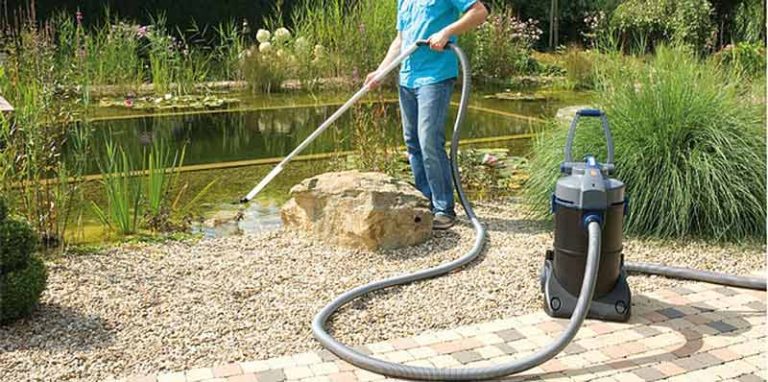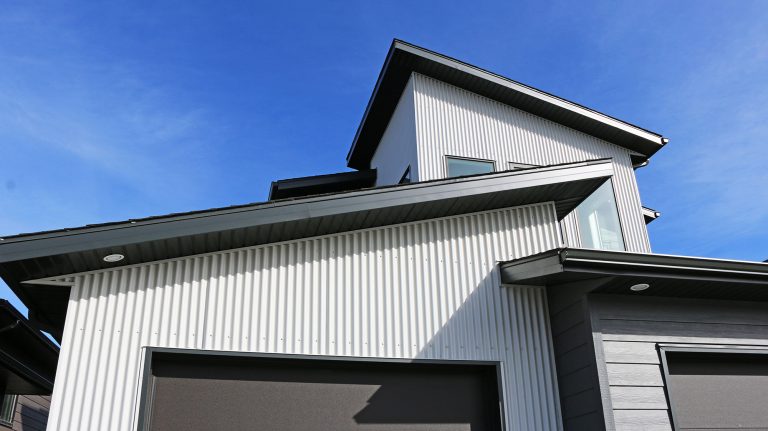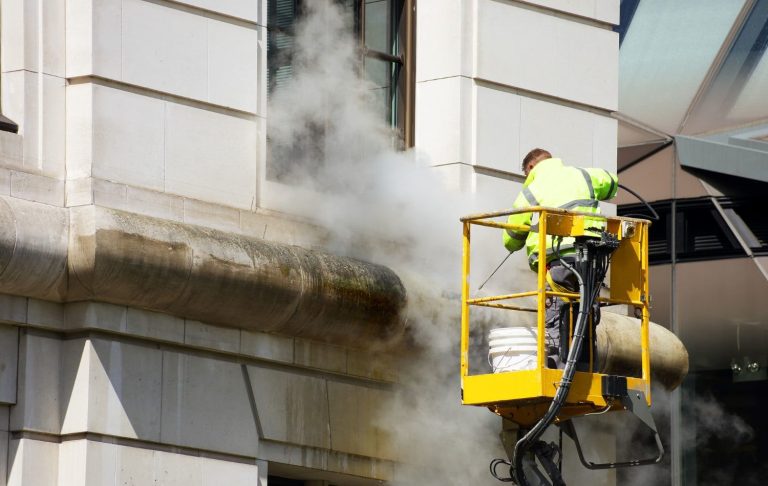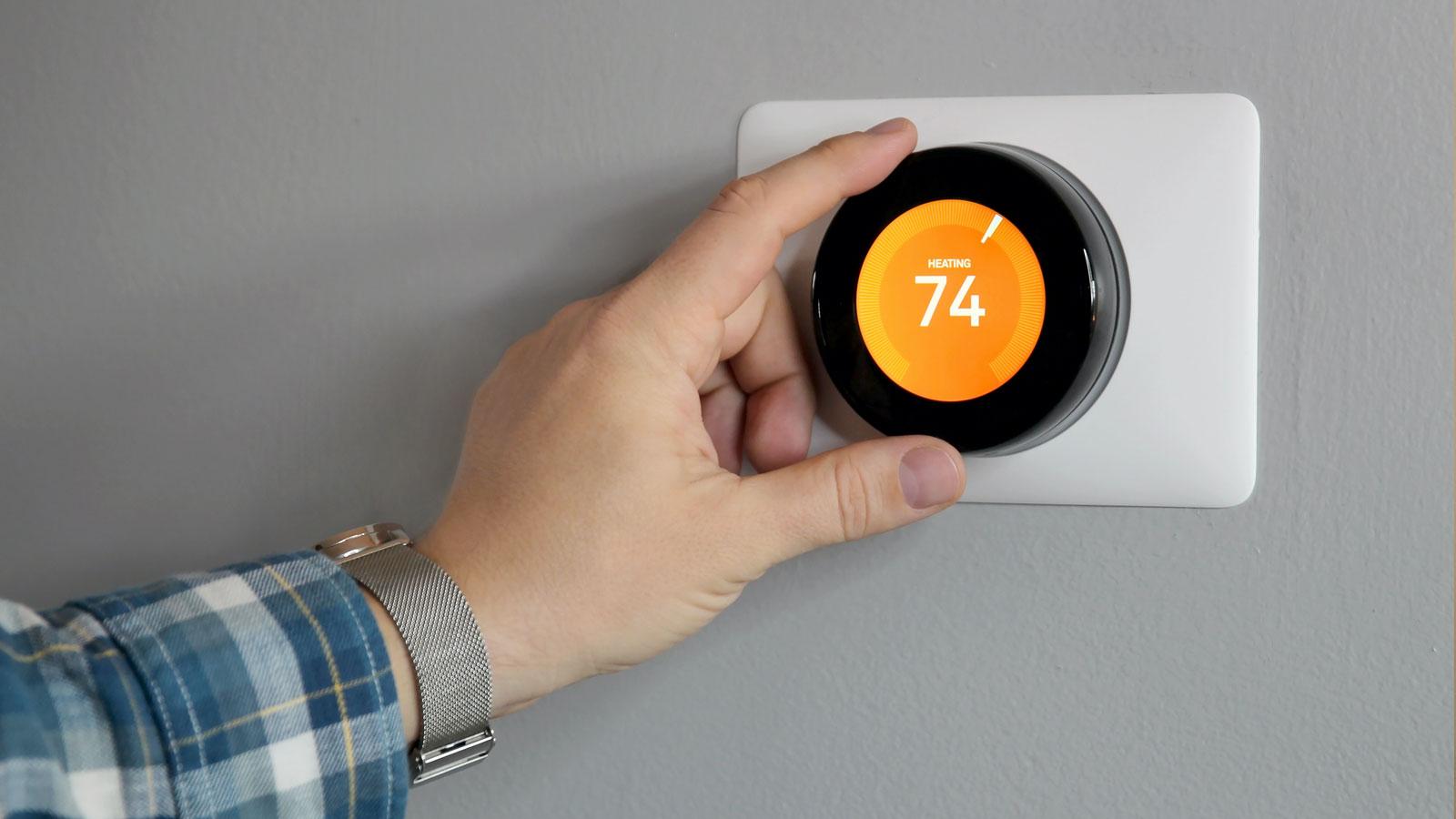
Pressure washing might seem like an any-time-of-year chore, but did you know that temperature can seriously affect the results? Whether you’re cleaning a driveway, siding, or patio furniture, the weather plays a huge role in how efficiently and safely the job gets done.
So, what’s the best temperature for pressure washing? Let’s break it down so you get the best clean possible — without wasting water, damaging surfaces, or putting yourself at risk. 💦💡
🌞 Ideal Temperature Range: 50°F–80°F (10°C–27°C)
Most professionals agree that the sweet spot for pressure washing lies between 50°F and 80°F. Within this range, detergents work effectively, water doesn’t evaporate too quickly, and you’re less likely to deal with surface cracking or equipment issues.
Let’s explore why this range matters:
✅ 1. Water Behavior
- Below 50°F, water may freeze in equipment or on surfaces, especially in shady spots. 🧊
- Above 80°F, it can evaporate too fast, making detergents less effective and potentially leaving streaks.
✅ 2. Surface Sensitivity
Materials like vinyl, wood, and concrete all expand and contract with temperature. If it’s too cold or too hot, you could risk:
- Cracking concrete
- Warping wood
- Premature paint wear
This is especially true if you’re pressure washing painted or sealed surfaces. 🎨🧱
❄️ Why Cold Weather Pressure Washing Is Risky
Trying to pressure wash in freezing conditions (32°F/0°C or below) is a no-go. Here’s why:
- Water lines in your washer can freeze and burst.
- Moisture left on surfaces may freeze overnight, creating slippery conditions.
- Detergents lose effectiveness in cold water.
- You risk slipping while working.
If you’re in a colder region, wait for a milder day — or consider postponing until spring or early fall.
🔥 What About Hot Weather?
While it’s technically possible to pressure wash in hotter temps (above 85°F), it’s not ideal:
- Water evaporates too quickly, which reduces dwell time for detergents.
- High heat can cause streaking, especially on glass and vinyl.
- Your pressure washer motor might overheat faster, reducing efficiency.
- You are more likely to become dehydrated or fatigued. 🥵
If you must wash in hot weather, start early in the morning or later in the evening when temperatures are lower and shadows are longer.
Browse Amazon Here For Popular Pressure Washers And Accessories
💡 Pro Tip: Check Surface Temperature, Not Just Air Temp
Even if the air is 70°F, a concrete driveway in full sun can easily be 100°F or more. It’s smart to touch the surface — if it feels too hot to keep your hand on for 5 seconds, let it cool before washing.
You can even use an infrared thermometer gun to check surface temps for better precision. 🎯📏
🧼 Seasonal Tips for Pressure Washing
🧽 Spring:
Perfect time to clean off winter grime, mold, and salt. Just avoid those early spring freeze warnings.
🌤️ Summer:
Start early or wait for cloud cover. Be cautious with surfaces like decks and vinyl siding that get hot quickly.
🍂 Fall:
Great time for house washing, gutters, and patios. Cool, consistent temps make it ideal — just watch for early frost.
❄️ Winter:
Generally avoid unless you’re in a mild climate. Cold temps can damage your equipment and surfaces.
⚙️ What About Hot Water Pressure Washers?
Commercial or heavy-duty power washers that use hot water can operate in cooler temperatures. These are often used for:
- Grease and oil removal
- Sanitizing
- Commercial concrete cleaning
But unless you have a unit with built-in heating, stick to the safe outdoor temperature range for residential use. 🔥🧽
📌 Final Thoughts
To get the best results and protect your surfaces (and yourself), aim to pressure wash when the outdoor temperature is between 50°F and 80°F. Avoid extreme cold or heat, and always factor in surface temperature, not just the air.
Remember: temperature affects detergent performance, water evaporation, equipment longevity, and your own safety.
The right weather = a better clean and fewer headaches. Happy washing! 🧼🌤️✅
Browse Amazon Here For Popular Pressure Washers And Accessories
